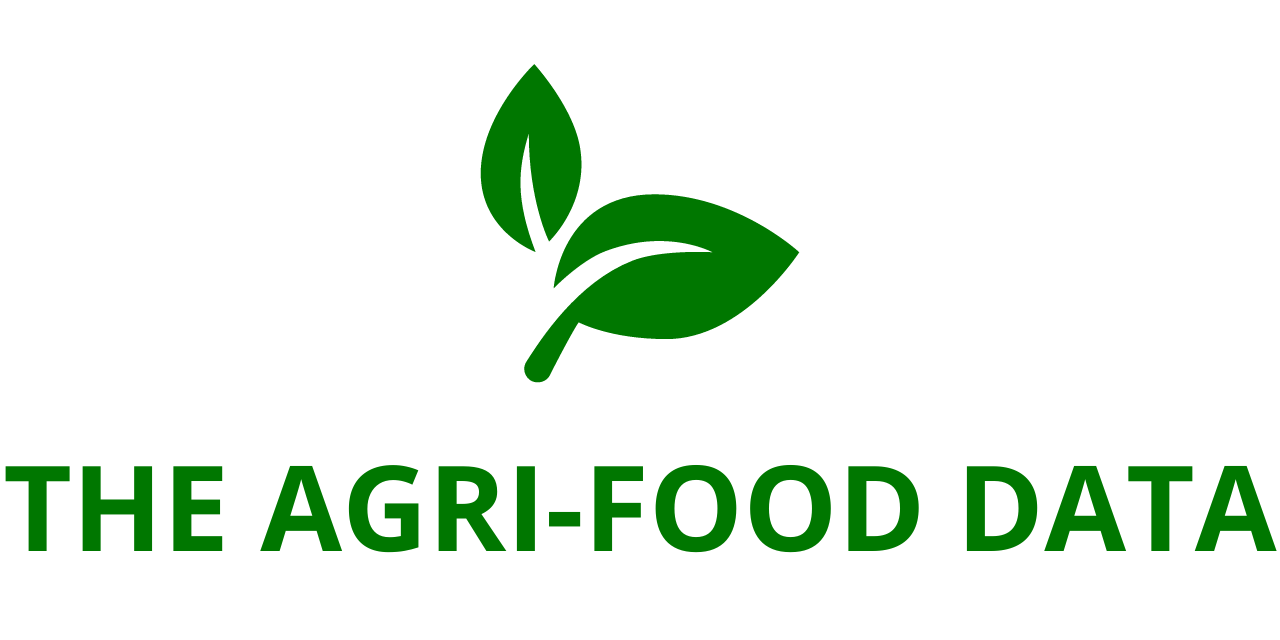
The food certification market is undergoing a period of transformative growth and increasing significance, as highlighted in the latest report titled “Food Certification Market (2025 Edition): Analysis By Type of Certifications (Safety and Quality Certification, and Dietary and Lifestyle Certification), By Application, By Region, By Country: Market Insights and Forecast (2021-2031)”, now available on ResearchAndMarkets.com. The comprehensive analysis offers in-depth insights into a market that is playing an ever-critical role in global food safety, quality assurance, and ethical production systems.
Between 2021 and 2023, the global food certification market recorded a solid compound annual growth rate (CAGR) of 5.47%. By 2024, the market had reached a valuation of approximately USD 7.66 billion, and current projections estimate it will expand to an impressive USD 12.17 billion by 2031. This growth trajectory signals the deepening reliance of both producers and consumers on third-party verification systems to ensure food integrity and compliance with global standards.
Key Drivers of Market Growth
A confluence of factors is driving the upward momentum of the food certification market. Chief among them is rising consumer awareness about food safety, nutrition, and the ethical sourcing of products. In today’s increasingly health-conscious and sustainability-oriented society, consumers are demanding more transparency about where and how their food is produced. Certification serves as a critical trust-building mechanism between food producers and end consumers.
Furthermore, as food trade becomes more globalized, regulatory harmonization and international certifications are gaining importance. Exporters, particularly from developing nations, must now comply with globally recognized standards such as ISO 22000, Hazard Analysis and Critical Control Points (HACCP), and GlobalG.A.P to gain access to competitive markets in Europe, North America, and Asia. Certifications are no longer seen as optional—rather, they are integral to market access, product differentiation, and consumer trust.
Governments around the world are also tightening food safety regulations. Regulatory frameworks increasingly mandate compliance with third-party certification standards to ensure consumer protection, minimize foodborne risks, and enhance the traceability of supply chains. This governmental backing reinforces the credibility and necessity of certification systems.
Breakdown by Certification Type and Application
The market is segmented by two main types of certifications: Safety and Quality Certifications and Dietary and Lifestyle Certifications. Safety and quality certifications cover standards such as HACCP, ISO 22000, BRCGS (Brand Reputation Compliance Global Standards), and FSSC 22000. These certifications ensure food hygiene, risk mitigation, and adherence to regulatory norms across the entire supply chain.
Dietary and lifestyle certifications, on the other hand, address the evolving dietary preferences and ethical concerns of modern consumers. These include organic, vegan, gluten-free, non-GMO, halal, kosher, and allergen-free certifications. With increasing lifestyle diseases and food intolerances, certifications that guarantee dietary compliance are gaining in demand, particularly in urban and health-conscious consumer segments.
Applications of food certification are widespread across various food categories, including dairy, meat and poultry, bakery products, beverages, fruits and vegetables, and packaged foods. Manufacturers and retailers are increasingly investing in certified supply chains to satisfy the consumer demand for clean-label, safe, and responsibly sourced products.
Sustainability and Ethical Certification on the Rise
Beyond food safety and nutrition, there is a growing consumer and corporate interest in sustainability and ethical sourcing. Certifications such as Rainforest Alliance, Fair Trade, UTZ Certified, and Carbon Trust are becoming prominent indicators of a company’s commitment to environmental and social responsibility.
The demand for organic foods has also surged, driven by concerns over pesticide use, genetically modified organisms (GMOs), and synthetic additives. Organic certification not only provides reassurance about product purity but also supports broader goals such as biodiversity conservation, soil health, and animal welfare.
This emphasis on environmental sustainability is redefining the landscape of food production. As more brands commit to net-zero emissions and sustainable sourcing, third-party sustainability certifications serve as verification tools that communicate these commitments to stakeholders and consumers alike.

Technological Integration Reshaping the Market
Technology is playing a pivotal role in streamlining certification processes and enhancing supply chain transparency. Innovations such as blockchain technology, artificial intelligence (AI), machine learning, and Internet of Things (IoT) are being incorporated into certification systems to improve data integrity, monitoring, and traceability.
Blockchain technology, in particular, is revolutionizing food certification by creating tamper-proof records of food production and distribution. It allows all stakeholders—from producers to retailers—to access real-time data on product origin, handling conditions, and certification status. This transparency helps combat food fraud and builds consumer trust.
AI-driven audits and data analytics further enable certification bodies to proactively manage compliance and predict potential risks in food production. IoT-enabled sensors can monitor temperature, humidity, and hygiene conditions throughout the supply chain, making it easier to maintain certification standards and ensure food safety in real time.
Regional Outlook and Market Dynamics
The report provides a thorough regional analysis covering key geographies, including the Americas, Europe, Asia Pacific, the Middle East, and Africa, and delves into market dynamics in 10 major countries, including the United States and China. Each region showcases unique drivers and challenges.
- North America and Europe are mature markets, heavily regulated and characterized by high consumer awareness and demand for organic and ethical certifications.
- Asia Pacific is emerging as a high-growth region, driven by expanding food exports, rising middle-class incomes, and evolving regulatory frameworks.
- Latin America and Africa, while still developing, are increasingly engaging in certification programs to access export markets and promote sustainable agricultural practices.
Post-pandemic, the significance of food certification has been further underscored. Global disruptions highlighted the fragility of supply chains and the need for robust quality assurance mechanisms. Certification has become essential not only for compliance but also for resilience and adaptability in the face of future crises.
Competitive Landscape
The report includes a strategic analysis of major companies operating in the global food certification industry. Leading players such as Bureau Veritas, Intertek Group Plc, and SGS SA continue to dominate the market with their comprehensive testing, inspection, and certification services.
These companies are expanding their service offerings by integrating new technologies and forming strategic partnerships to enhance their global footprint. The competitive landscape is also witnessing the entry of specialized and regional certification bodies catering to niche markets such as vegan, halal, and sustainable seafood.






